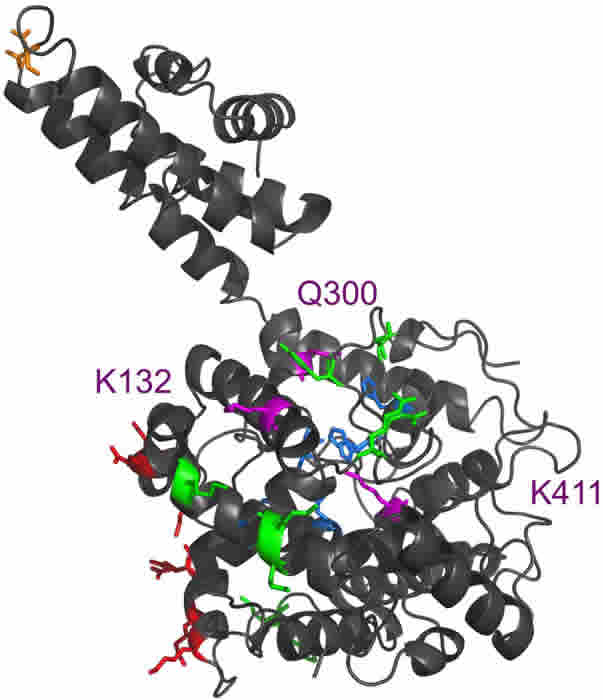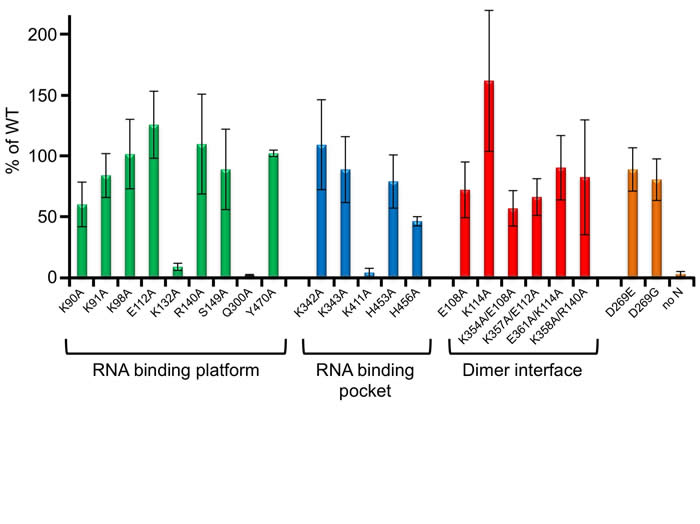Crimean-Congo hemorrhagic fever virus (CCHFV)
Crimean-Congo hemorrhagic fever virus (CCHFV) is a member of the Bunyaviridae family of segmented negative stranded RNA viruses, and causes a serious hemorrhagic fever in humans with a fatality rate of approximately 30%. The most common natural reservoir of CCHFV is ticks of the Hyalomma genus, and transmission to humans is normally via a tick bite, although it can be passed on through contact with body fluids of infected animals.
CCHFV has wide distribution across Africa, Asia and Europe with the majority of cases now occurring in Southeast Europe and Asia. However, there has been much recent concern surrounding the emergence of CCHFV in more Northerly regions of Europe, particularly within regions that border the Mediterranean sea, with increasingly frequent outbreaks in Turkey. This emergence appears to be linked to the expanding habitat of the Hyalomma tick, which has been newly detected in several European countries including Spain, Portugal, France, Belgium and the UK. Interestingly, the tick is possibly being introduced into these countries on migratory birds.
There is currently no vaccine available for CCHFV, and the most common treatment for CCHFV disease is the broad-range anti-viral compound Ribavirin, although the efficacy of this is in doubt. Because of the lack of treatment options, increased understanding of the molecular and cellular biology of CCHFV is required, which will aid in the development of new strategies for treatment of CCHFV-mediated disease.
We currently have two projects focussing on CCHFV, which investigate the structure and function of the CCHFV nucleocapsid protein.
1). Interactions between CCHFV N protein and host cell factors.
2). Structure of the CCHFV N protein, its asociation with viral RNA, and identification of residues critical for its multiple functions
More details of these projects can be obtained by directly contacting the laboratory.


The CCHFV N protein crystal structure, with positions of selected critical residues essential for CCHFV gene expression coloured and numbered. Their functional importance was determined using reconstituted CCHFV RNPs assembled in cells, and was performed by Dr. Eric Bergeron, at The Centres for Disease Control and Prevention, USA.
